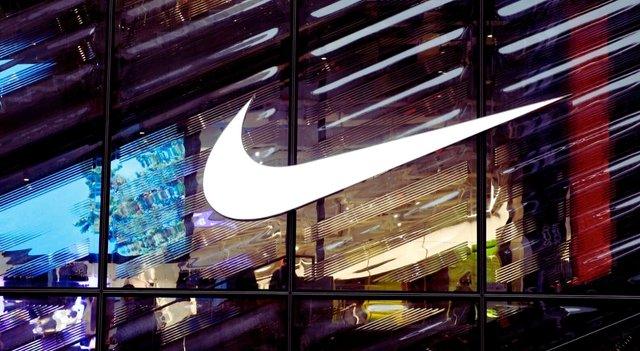Nike’s (NYSE:NKE) stock surged over 9% in premarket trading Friday after the company reported fiscal fourth-quarter results that exceeded analyst expectations. CEO Elliott Hill’s comments during the earnings call, expressing confidence that the business is on an upswing, helped fuel investor enthusiasm.
Hill declared, “It’s time to turn the page,” signaling optimism about the company’s future trajectory.
Nike also revealed plans to shift a greater portion of its manufacturing from China to the United States to mitigate the impact of U.S. tariffs. CFO Matthew Friend highlighted that approximately 16% of Nike’s footwear imports into the U.S. currently originate from China, a key focus of the administration’s trade policies.
Friend outlined a strategy to reduce this share to a “high single-digit percentage” by May 2026, aiming to lower exposure to tariff-related costs, which threaten to add roughly $1 billion to Nike’s expenses.
During the quarter, Nike’s sales declined 12% to $11.1 billion, though this was still better than forecasts, supported by a rebound in the company’s core running segment after several challenging quarters. North American sales dropped 11% to $4.7 billion, but the decline was less severe than analysts had anticipated.
Gross margins contracted by 440 basis points to 40.3%, largely due to increased discounting and shifts in sales channels.
Nike posted earnings per share of $0.14, surpassing the $0.12 consensus estimate.
Looking forward, Nike expects the financial strain from its restructuring efforts to ease. Friend noted that the fourth quarter marked the peak impact of the turnaround initiatives, with pressures expected to “moderate from here.”
For the first quarter, Nike forecasts a mid-single-digit percentage decline in revenue—a more optimistic outlook than analysts’ estimates of a 7.3% drop.
HSBC analysts upgraded Nike’s rating to “buy” from “hold,” commenting, “After years of challenges, a recovery finally appears underway. There is clear evidence that Nike is on track to rebound sales and improve margins despite ongoing tariff headwinds.”
